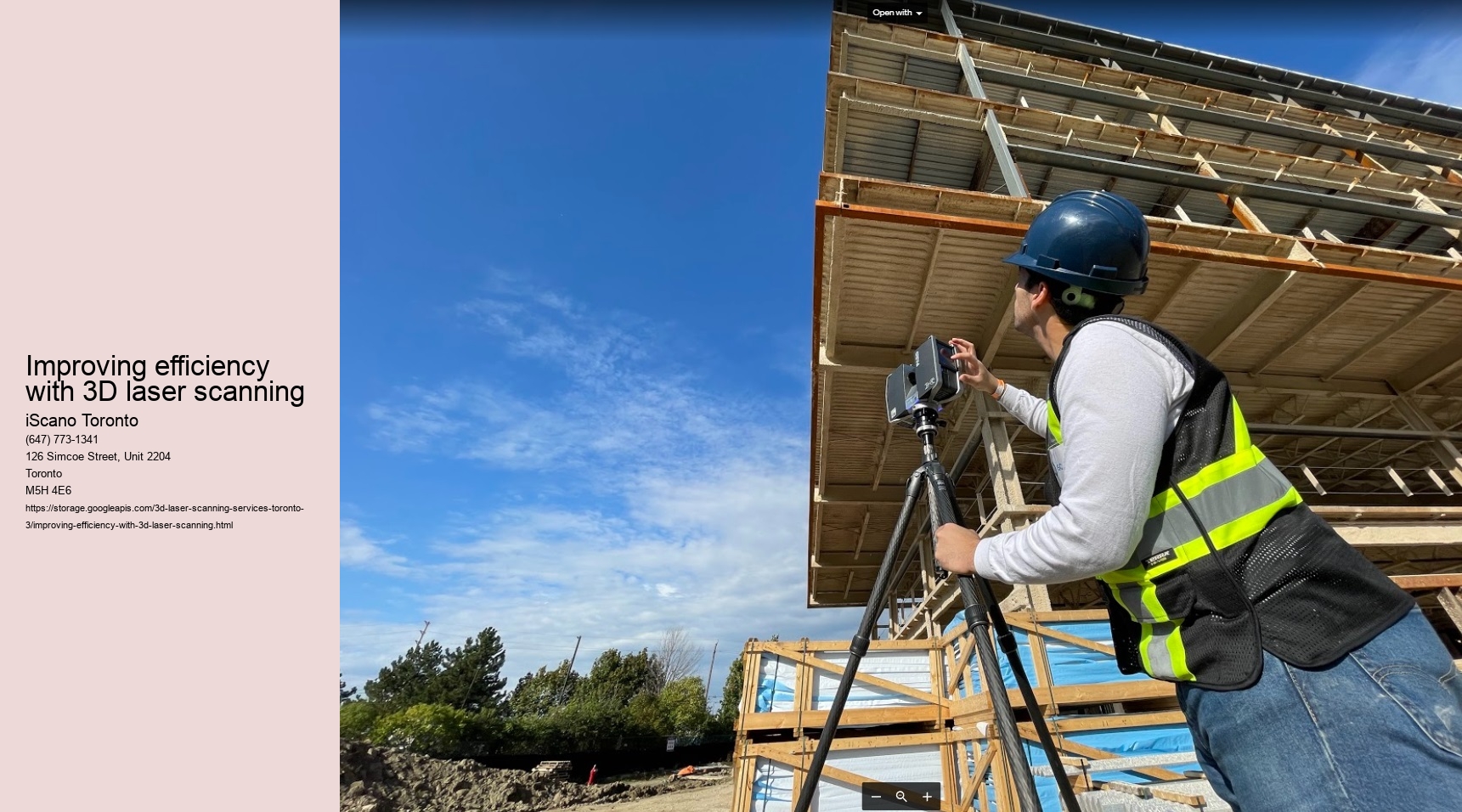Browsing the Future: How 3D Laser Scanning Services Are Changing Industries
Transformative impact of laser scanning in architecture .Introduction
In the world of technological improvement, couple of technologies have actually been as transformative as 3D laser scanning services. These innovative devices have actually transformed sectors by using unequaled precision, effectiveness, and flexibility. From style to archaeology, from producing to medicine, the applications of 3D laser scanning are large and consistently expanding. In this post, we explore the details of this technology and explore how it is improving the landscape of various industries.
Understanding 3D Laser Scanning
At its core, 3D laser scanning is a non-contact, non-destructive innovation that catches the form, size, and information of items or settings by discharging laser light beams. These light beams bounce off the surfaces they encounter, and the scanner measures the time it takes for each beam of light to return, thus creating a factor cloud—-- a collection of millions of information factors that represent the object'' s geometry in 3 dimensions.
The Advantages of 3D Laser Scanning
Among the main advantages of 3D laser scanning is its unrivaled accuracy. Standard methods of measurement typically fall brief in catching complex geometries or intricate information, resulting in errors and inefficiencies. With 3D laser scanning, nonetheless, also the most complex surface areas can be caught with accuracy to the millimeter, making sure that every detail is represented.
In addition, 3D laser scanning is unbelievably reliable. Unlike traditional surveying techniques that can be taxing and labor-intensive, laser scanning permits fast data procurement. A single scan can record millions of information factors in an issue of mins, considerably minimizing the time and sources needed for information collection.
One more considerable advantage of 3D laser scanning is its non-destructive nature. Unlike physical measurements or invasive examination techniques, laser scanning does not call for straight call with the things being checked, preserving its integrity and reducing the danger of damage.
Applications Throughout Industries
The convenience of 3D laser scanning has caused its widespread fostering across a myriad of markets. In design and building and construction, for example, laser scanning is utilized for as-built paperwork, clash detection, and developing info modeling (BIM). By properly catching status quo, architects and designers can improve the style procedure, reduce mistakes, and decrease costly rework.
In the production sector, 3D laser scanning plays an essential function in quality assurance, reverse design, and rapid prototyping. By specifically catching the dimensions of elements and products, producers can identify issues, maximize production procedures, and bring products to market faster.
The impact of 3D laser scanning expands past the world of market and right into areas such as archaeology, forensics, and medical care. Archaeologists utilize laser scanning to develop thorough 3D models of archaeological sites and artifacts, enabling digital preservation and analysis. In forensics, laser scanning is utilized to record criminal activity scenes, gather evidence, and rebuild accidents with unparalleled accuracy. In health care, 3D laser scanning allows customized prosthetics, orthotics, and implants customized to the one-of-a-kind composition of each client.
Future Fads and Innovations
As technology continues to breakthrough, the future of 3D laser scanning holds enormous guarantee. One emerging pattern is the combination of expert system (AI) and artificial intelligence algorithms right into scanning software program, enabling automated function recognition, information analysis, and modeling. This assimilation not only boosts the rate and precision of scanning procedures yet likewise opens brand-new opportunities for data-driven understandings and decision-making.
Additionally, improvements in hardware, such as the advancement of handheld and mobile scanning devices, are making 3D laser scanning much more accessible and mobile than in the past. These compact and light-weight scanners encourage customers to catch information in remote or challenging settings, better expanding the reach of this transformative modern technology.
Verdict
To conclude, 3D laser scanning services are revolutionizing sectors across the globe, using unrivaled precision, effectiveness, and flexibility. From style to archaeology, from manufacturing to medication, the applications of 3D laser scanning are limitless. As technology continues to progress, the future holds even better promise, with innovations such as AI assimilation and mobile scanning gadgets positioned to further expand the abilities of this transformative innovation. In browsing the future, 3D laser scanning will unquestionably remain to go to the center of advancement, improving sectors and driving development in the years to find.
